Ever tried to pick the cheapest prescription at the chemist, only to get tripped up by a dozen confusing coupons and privacy pop-ups? Prescription savings apps promise to slash your bill, but most of us just want something that works, doesn't sell our data, and doesn't make us squint at 90s-looking screens. GoodRx is popular, but apps like it are popping up all the time. So, how do you choose an app that doesn’t suck to use, scores real deals, and keeps your private stuff safe?
User Interface: From Clunky to Clever
Right off the bat, not all prescription coupon apps are made for real people. Some cram the home screens with too many buttons, or drown you in pop-ups screaming for your email address. Let’s talk about what actually helps (or drives you bonkers) when you’re standing in a busy pharmacy queue trying to save fifty bucks on your cholesterol meds.
The gold standard for user interface? Apps that look clean and let you search for your prescription in seconds, not minutes. GoodRx scores points for its one-tap price check and readable yellow theme, but it’s not alone. WellRx, for example, has this clever feature where you scan your script and the app instantly suggests generic options—and the design feels modern, not like it was last updated before smartphones existed. On the other hand, SingleCare stands out with its simple three-step flow—search, compare, and show coupon. You can’t really mess it up, even if you’re juggling a toddler and two shopping bags.
Then you’ve got RxSaver, which goes the extra mile for usability with quick prices for both brand and generics, and does this neat thing where recent searches live at the top, not buried in a menu. You never have to start from scratch. Even more, GoodRx’s main rival Blink Health gives you a minimal, totally uncluttered interface. Their QR code coupons are scannable directly from your phone, and the fact you don’t have to print anything feels like winning the lotto.
If you’re tech-phobic or just busy, here’s a tip: check app reviews for real-user comments about speed, not just features. An app can have 100 fancy coupons, but if you’re trying to show a code and your phone lags, it’s not worth it. Speed and simplicity beat bells and whistles every time, especially when you’re at the counter with someone coughing behind you.
A 2024 user survey from Healthtech Magazine found that 72% of people picked prescription discount apps mainly because they “looked easy to use”—not just for the deals. Makes sense, right? We all hate wasting time poking around clunky menus, especially when it involves our health.
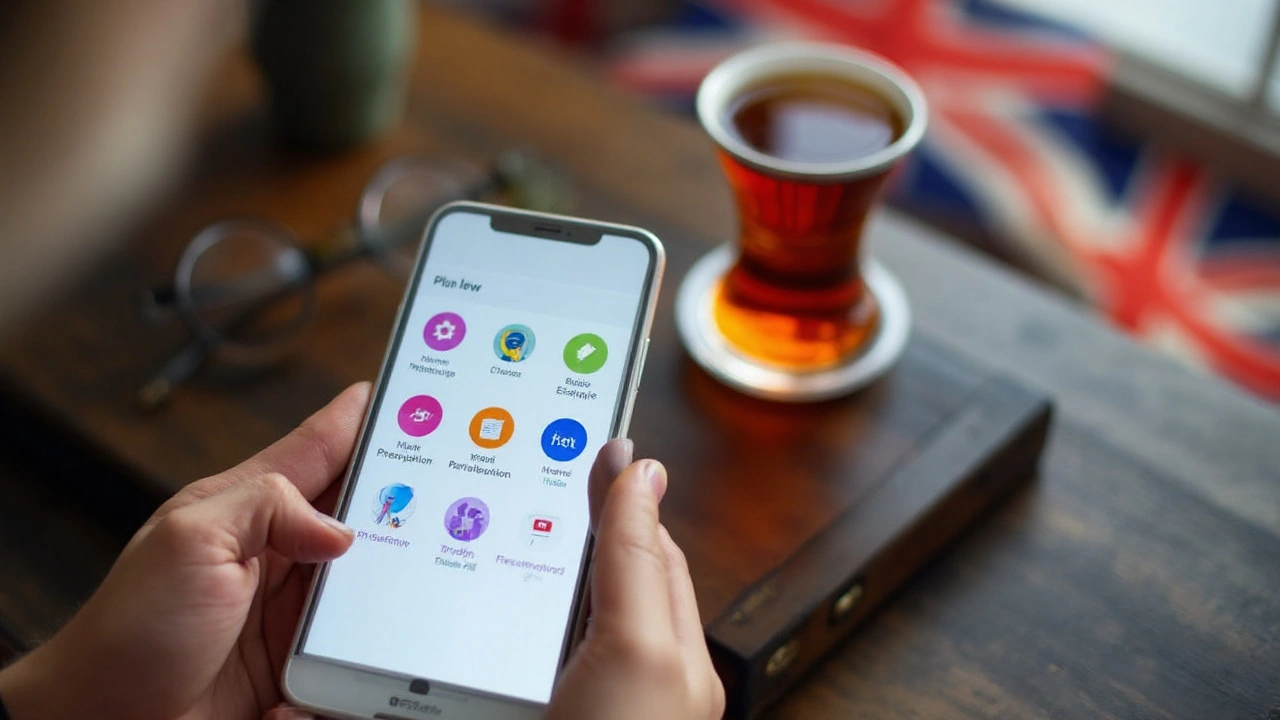
Coupon Breadth: Not All Discounts Are Equal
This one’s the dealbreaker for most: some coupon apps only work at a handful of big chains, while others give you access to every little chemist from Sydney to Tamworth. GoodRx delivers solid discounts for hundreds of meds, but if you dig deeper, you’ll see that some apps beat it for specific prescriptions or rare drugs. WellRx is famous for slashing prices on less common scripts—think specialty cholesterol meds or some new antidepressants that most other apps miss. If you’re on a generic blood pressure pill, the truth is you’ll find deals everywhere. But unusual meds? That’s where the range of coupons really matters.
Let’s pit a few against each other. Blink Health has partnerships with over 35,000 pharmacies and can lock in prices, so you can prepay and pick up. RxSaver will show savings up to 80%, even on combos GoodRx misses. SingleCare, meanwhile, is fast becoming popular for its no-membership, instant use system. No paywall, no sign-up, just search and go—that’s honestly how saving should work. And if you want a data-backed hack: the same Healthtech Magazine survey showed 36% of users checked 2 or more apps everytime to get the best price, because the same med could be $18 on one app, $44 on another.
A lot of people don’t realize this, but some chemists in Australia (and plenty in the US) have agreements with certain apps to honour deeper discounts, while others just scan generic barcodes and hope for the best. Always look for a pharmacy locator tool, like the one in WellRx or SingleCare, that tells you which pharmacy nearby will accept the coupon—and for how much. If you travel, these features are a lifesaver.
| App | Average Savings (%) | No. of Coupons | No. of Pharmacies Listed |
|---|---|---|---|
| GoodRx | 76% | 4,700+ | 70,000+ |
| WellRx | 78% | 5,000+ | 64,000+ |
| SingleCare | 80% | 3,200+ | 35,000+ |
| Blink Health | 72% | 3,500+ | 35,000+ |
| RxSaver | 80% | 3,400+ | 60,000+ |
Don’t forget to compare the fine print. Some apps show inflated “retail prices” to make their deals look bigger, and not every coupon covers repeat prescriptions or limited brands. If you find yourself bouncing between apps, bookmark the apps like GoodRx roundup—they list the up-to-date alternatives and let you see, side by side, where the best bargains are hiding. Pro tip: search by both brand and generic names, and try price-checking in-app just before you pick up, since pharmacy networks can update discounts daily.
Here’s something else people miss: some apps, like Blink Health, let you pay in advance at the locked-in rate, so you don’t get price-hiked at pickup. For folks with chronic meds and tight budgets, that’s pure gold. If your current app doesn’t show actual, final pricing till you reach the counter, it’s time to switch.
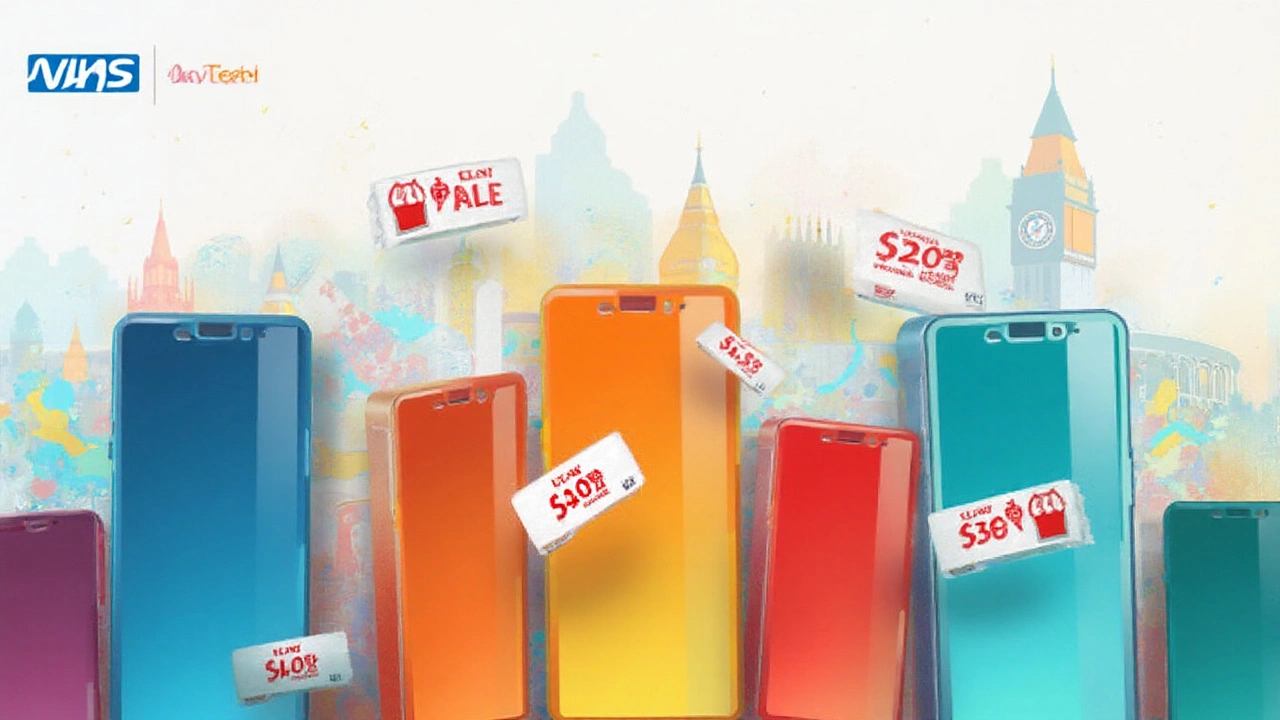
Keeping Your Data Safe: Who Sees What?
Let’s talk privacy. Some prescription savings apps treat your prescription history like a goldmine, selling the data or showing you endless ads based on what you take. GoodRx has famously been in hot water for this before. They’ve since tightened up, but if you never read privacy policies, now’s a good time to start.
Apps like SingleCare and RxSaver make a point of not selling your personal health info, and you use most features without even logging in. Blink Health does require sign-up, but their privacy policy states they only use de-identified data for app improvements—not upfront ad targeting. That’s not true for every app, though. Some smaller coupon apps even track your GPS location and pass it on for “marketing partners.” If you ever see an app ask for contact access or push notifications right away, that’s a red flag.
“Transparency is key,” says Prof. Linda Shepherd, pharmacy IT researcher at University of Technology Sydney. “A trusted coupon app should let you opt out of data sharing and explain, in plain English, what happens to your data.”
The strongest privacy moves? Choose apps you can browse anonymously. Don’t link your account to social media. Turn off location sharing in your phone’s settings, especially if an app doesn’t truly need to know your physical location to give discounts.
If you’re worried about credit card safety, look for apps that let you pay with Apple Pay or Google Pay, or even cash at the pharmacy. Only enter prescription details when you absolutely have to make a booking or buy online, not just for comparison searches. Remember: what saves you a few dollars today shouldn't come back to haunt you with random marketing emails or worse, your prescription history showing up in places it shouldn't be.
Clarity around data handling is getting better, especially since so many folks are switching to online healthcare. But don’t assume all apps play fair. Read the permissions once, and stick to apps with a clear, recent privacy policy (the closer to 2025, the better).
Still shopping around for the right fit? Apps are changing almost monthly, so keep an eye out for those rolling out new privacy features, more pharmacy partners, and a simpler look. Prescription savings are real, but only if the app experience and your privacy both stack up. The next time your doctor writes out a script, whip out your phone and test a couple of these options in real time—you might be surprised by how much you save, and how much less you stress.

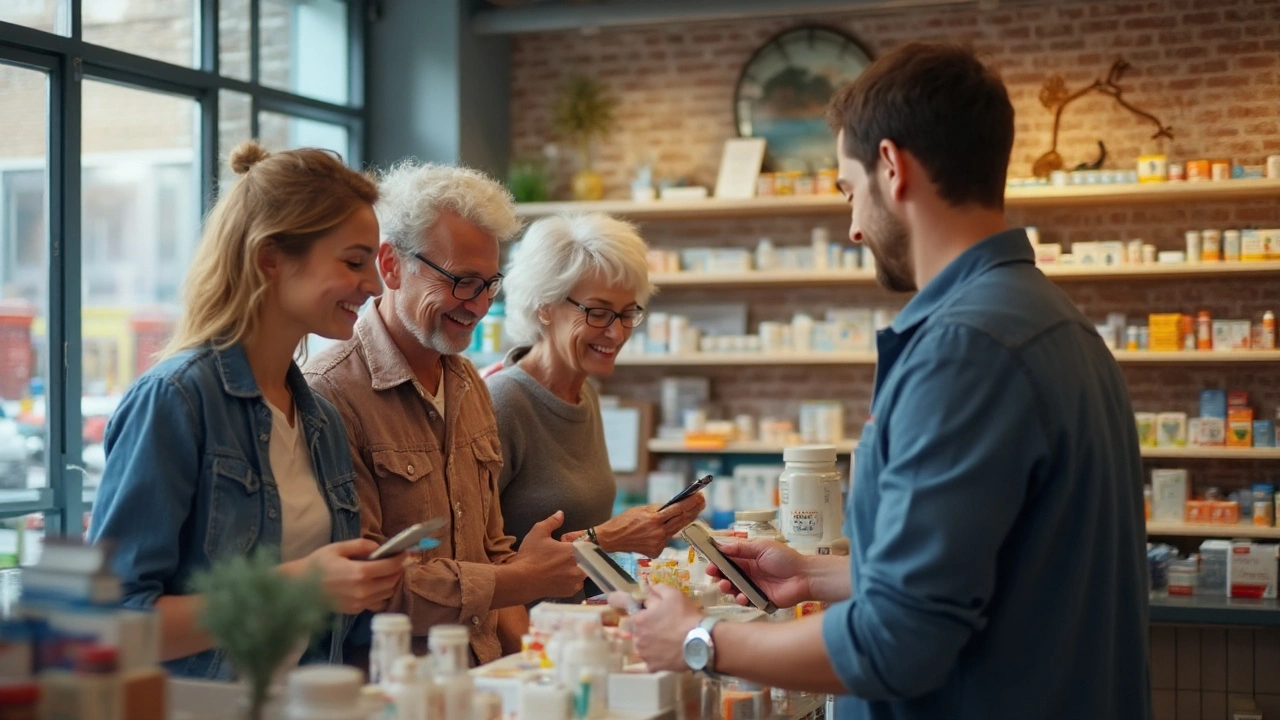
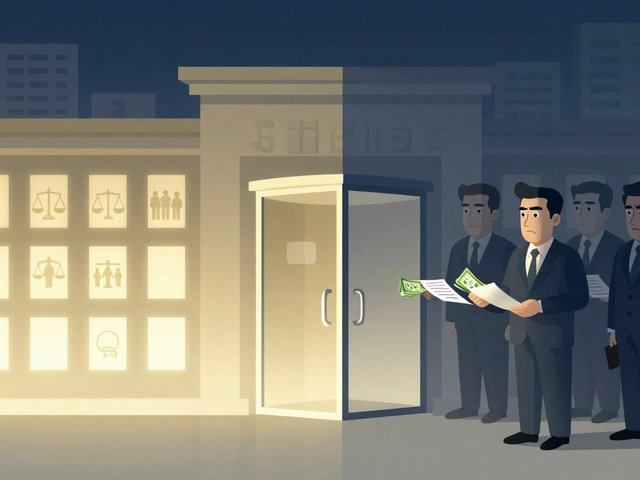

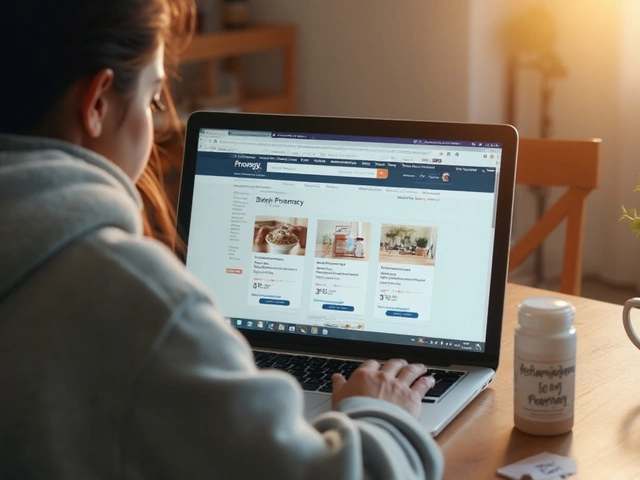
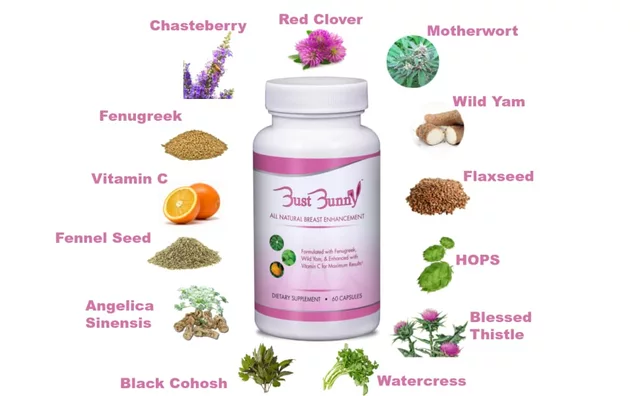

Sue Berrymore
August 14, 2025 AT 02:26